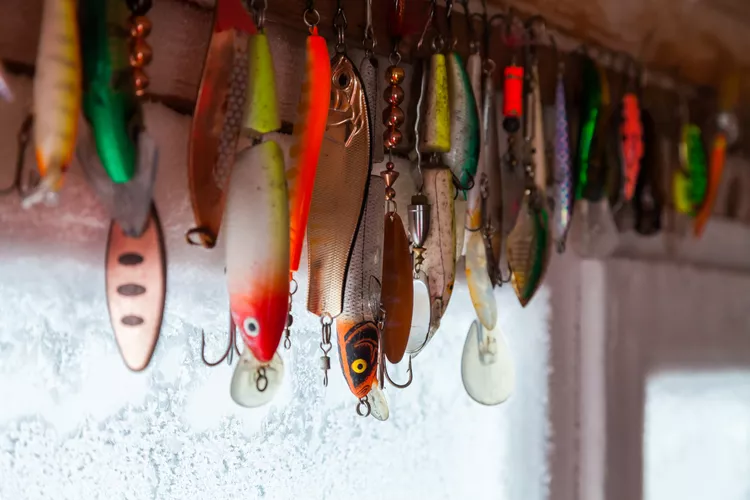Summary
Exploring Surface Fishing
Optimal Times for Topwater Lures
Topwater lures, also known as surface lures, offer exhilarating strikes and often yield better results when other lures may underperform. These lures mimic easy prey, enticing otherwise uninterested bass. They encompass a broad selection of wooden or hard-plastic plugs that float (including poppers, walkers, and wobblers), alongside soft-plastic lures that float (like frogs) and lures equipped with revolving blades (such as buzzbaits), which are fished at the surface during a steady retrieve.
Ideal Conditions for Surface Fishing
Utilizing topwater lures can effectively target larger bass as well as trophy-class fish, providing a thrilling visual experience with each strike. While summer is traditionally associated with topwater fishing for bass, spring and fall also present excellent opportunities. However, when the water temperature is cold, the productivity of topwater lures decreases as bass become less aggressive. Below are the prime conditions for fishing with topwater lures:
- Early Morning: Early mornings, characterized by low light, are classic for topwater fishing. Target shallow cover where bass have congregated to feed, particularly around bushes, logs, stumps, rocks, and submerged brush.
- Late Afternoon/Dusk: Similar to the morning, bass often move to shallow waters to feed as the sun descends. Cast your topwater lure around shallow cover when banks start to receive shade.
- At Night: Nighttime fishing can be effective, especially during warm summer nights. Focus on the early and late hours of darkness for best results. Choose lures that produce steady sounds, such as a classic black Jitterbug, which resonates with the “plop, plop, plop” sound appealing to bass. Buzzbaits are also effective when fished slowly during night outings.
- On Cloudy Days: Cloudy weather encourages bass to remain shallow as they feed. Continue to deploy topwater lures throughout cloudy days as long as the bass are active.
- When Shad Spawn: During shad spawning on riprap or hard surfaces in shallow waters, throw buzzbaits or poppers close to the bank and retrieve toward deeper waters. This is especially effective in larger southern impoundments, where you may observe shad activity along the banks.
- During the Mayfly Hatch: As mayflies hatch, bluegills gather to feed, and bass follow suit. Utilize small poppers to imitate the bluegill’s feeding sounds. Experiment with retrieval speed, as stationary lures can appear enticing, while lively popping can resemble a bass pursuing a bluegill, spurring competitive feeding behavior.
- When Bass Are Schooling: When schools of bass chase baitfish in open water, a topwater plug can imitate this action. Bass will not only target the lure but may also compete with each other, creating opportunities to hook multiple fish.




